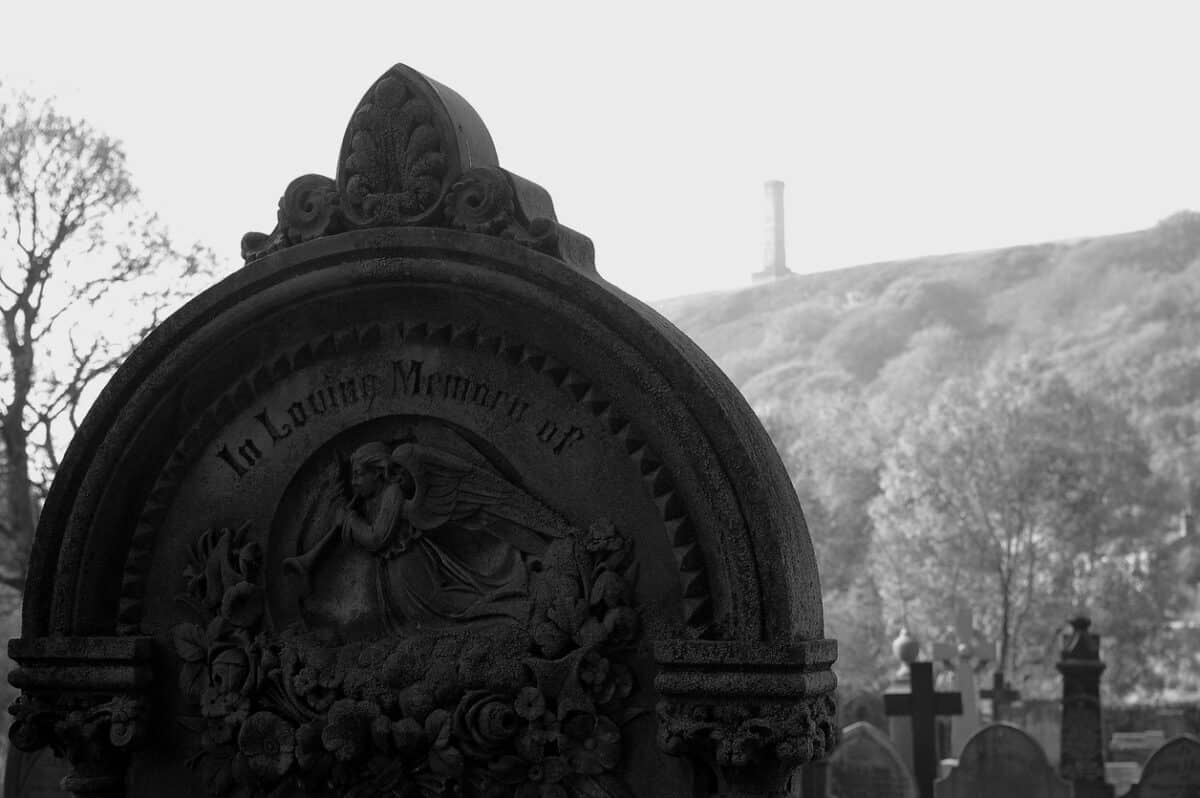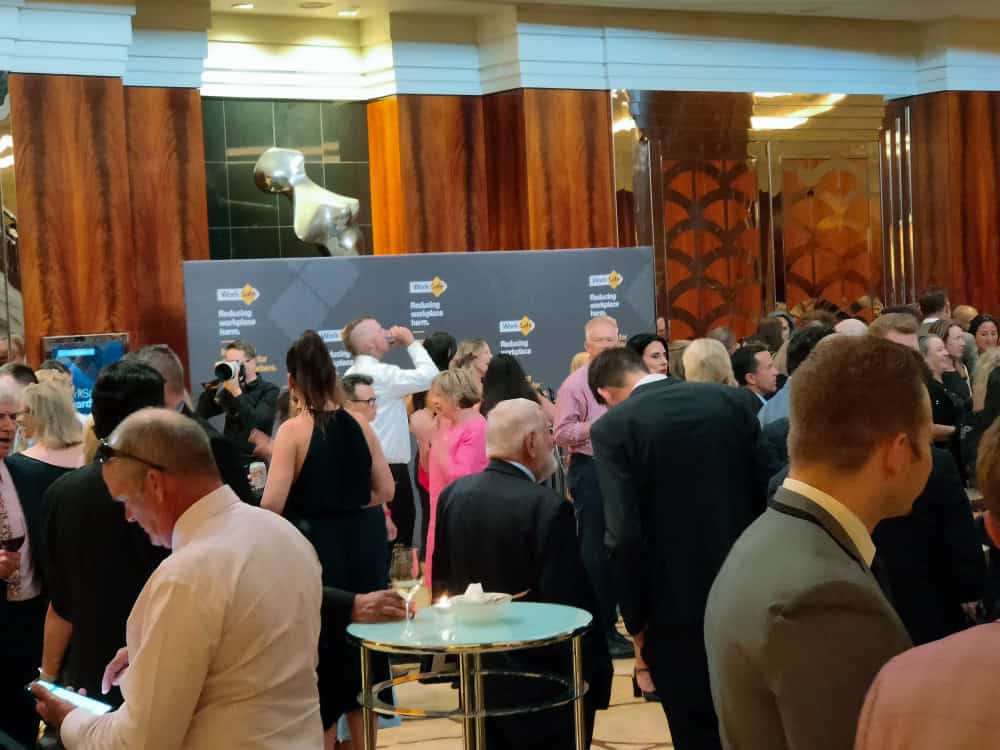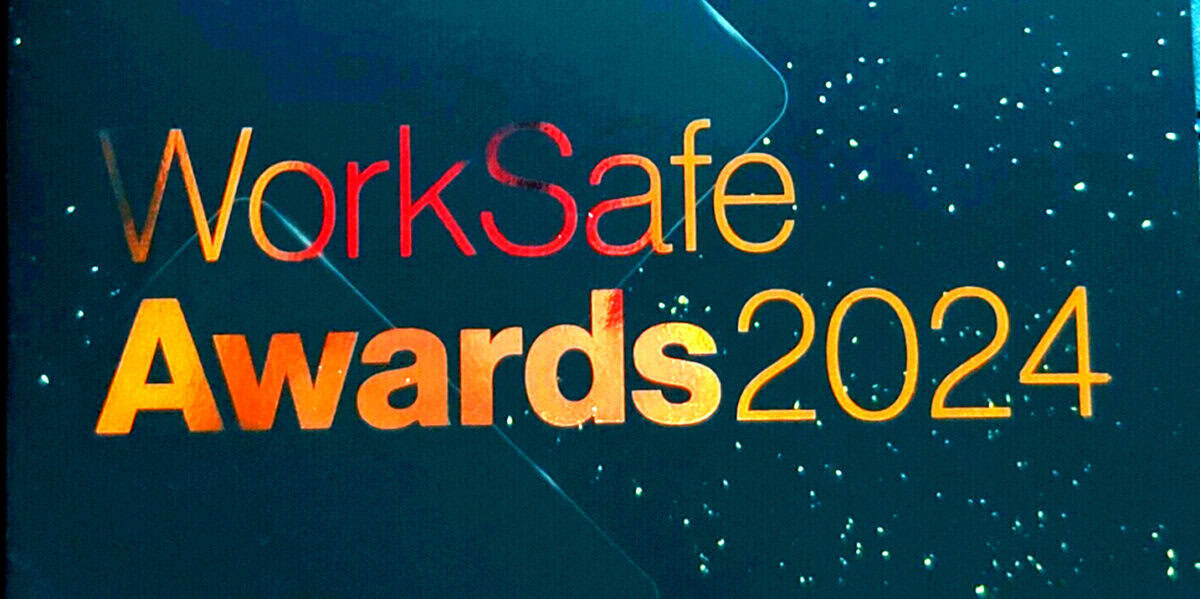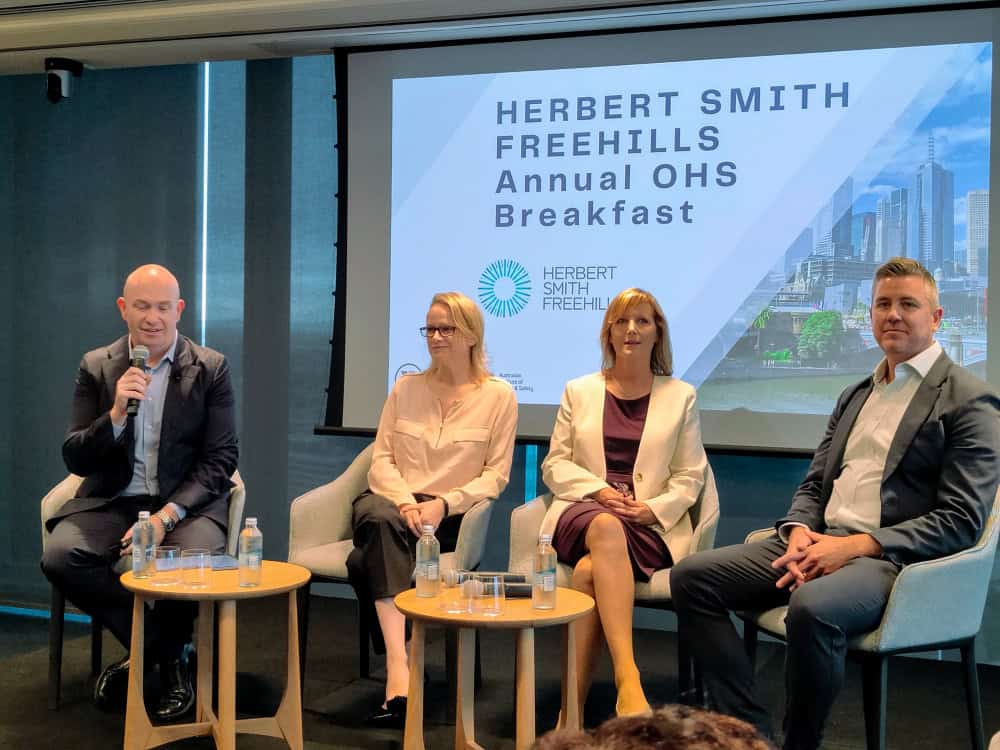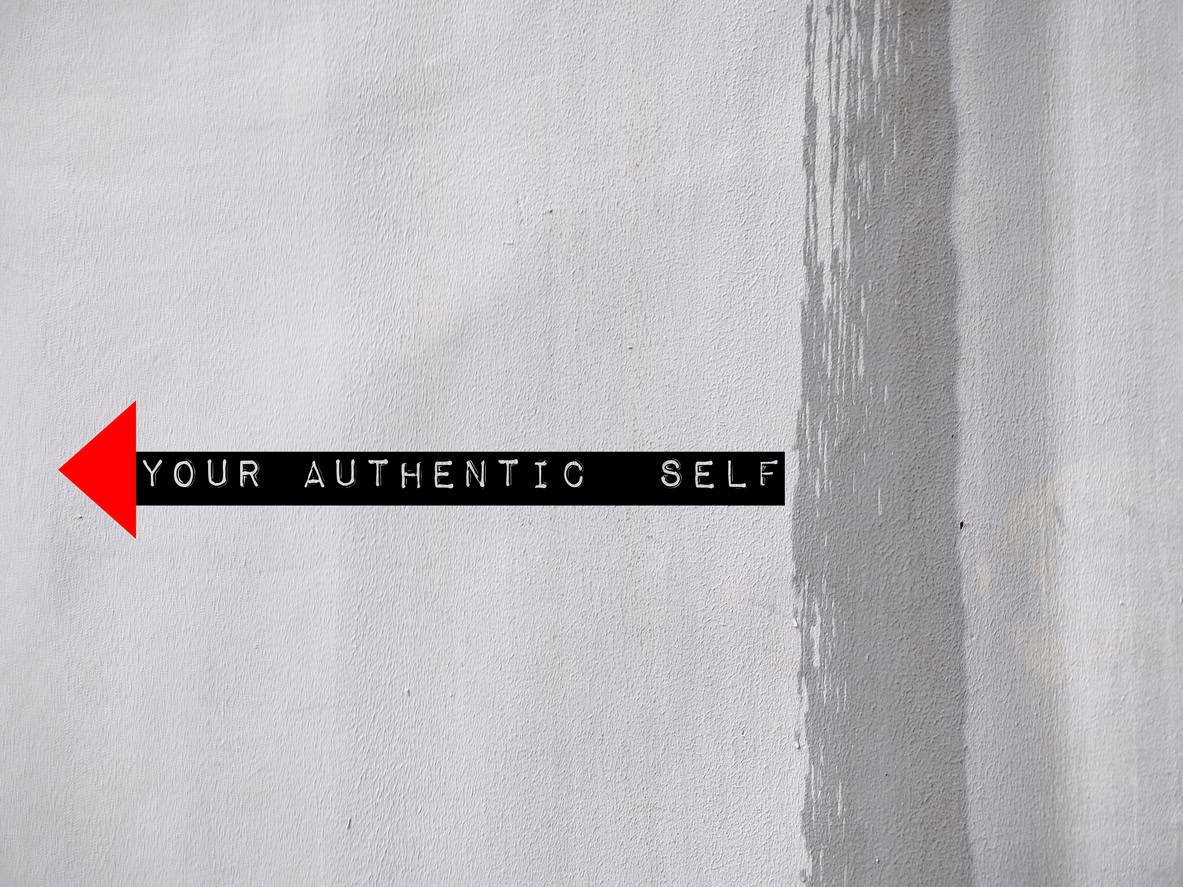At the end of February 2025, a farmer in England was jailed for 12 months following a successful prosecution by the Health and Safety Executive. In 2022, the farmer, Neil Speakman, drove over his three-year-old son, Albie, in a telehandler that Speakman was not qualified to use and had restricted visibility. Speakman was jailed after he failed to ensure the health and safety of his son.
If this type of incident had happened in Australia, it is uncertain whether a farmer would receive a custodial sentence because the community may feel that the farmer and their family would have “been punished enough” by the loss of their child. Why can England do what Australia resists?

